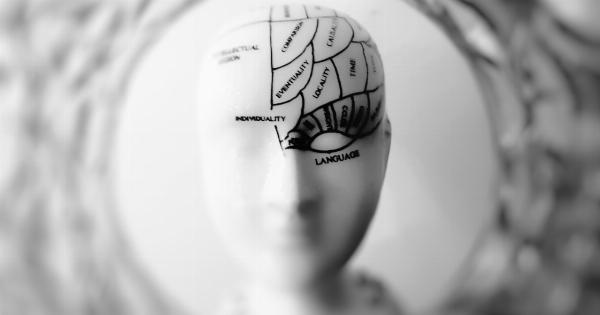Head circumference is an essential parameter used to monitor a child’s growth and development. It serves as an indicator of brain growth and can provide valuable insights into possible underlying health conditions.
While there is a range of what is considered normal head circumference for children, there are instances where a child’s head circumference crosses that line. This article explores the implications of when a child’s head circumference exceeds the normal limits and the potential causes and consequences associated with it.
Understanding Normal Head Circumference
Head circumference is measured around the widest part of a child’s head using a flexible measuring tape. It is usually carried out during routine pediatric check-ups.
The values obtained are compared with age-specific growth charts to determine if the head circumference is within the expected range.
What Constitutes Normal Head Circumference?
Normal head circumference varies with age and can be influenced by various genetic and environmental factors. Generally, head circumference increases rapidly during the first year of life and continues to grow at a slower rate throughout childhood.
The following are the approximate ranges for normal head circumference in different age groups:.
1. Infants (0-12 months)
During the first month of life, an infant’s head circumference typically increases by about 2 cm (0.8 inches) per week.
By the age of 1 year, the average head circumference for boys is about 46-48 cm (18-19 inches), while for girls, it is about 45-47 cm (17.7-18.5 inches).
2. Toddlers (12-36 months)
Head growth continues at a gradual pace during the toddler years. The average head circumference for boys at this stage ranges from 48-51 cm (19-20 inches), while for girls, it ranges from 47-50 cm (18.5-19.7 inches).
3. Preschoolers (3-5 years)
Between the ages of 3 and 5 years, head circumference growth slows down further. For boys, the average head circumference is around 50-52 cm (19.7-20.5 inches), and for girls, it is approximately 49-51 cm (19.3-20.1 inches).
When Head Circumference Crosses the Line
When a child’s head circumference surpasses the upper limits of the normal range, it may indicate a condition known as macrocephaly.
Macrocephaly is defined as a head circumference that is larger than two standard deviations above the mean for a specific age and gender. It can be a result of normal variation or an underlying health issue.
Causes of Macrocephaly
There are various potential causes of macrocephaly, including:.
1. Familial Macrocephaly
In some cases, an enlarged head circumference can be attributed to genetics. If other family members also have larger heads without any associated health problems, it may indicate familial macrocephaly.
2. Benign Macrocephaly
Benign macrocephaly refers to cases where the head circumference is larger than normal but not associated with any underlying medical conditions.
It is often diagnosed when other developmental milestones and physical examinations are consistent with normal growth and development.
3. Hydrocephalus
Hydrocephalus is a condition characterized by an abnormal accumulation of cerebrospinal fluid within the brain, leading to increased pressure and enlargement of the head.
It can be caused by various factors, such as congenital malformations, infections, tumors, or hemorrhages.
4. Other Medical Conditions
Macrocephaly can also be linked to certain genetic syndromes, such as Meckel-Gruber syndrome, Sotos syndrome, or neurofibromatosis. Additionally, rare metabolic disorders or chromosomal abnormalities can contribute to an enlarged head size.
Consequences of Macrocephaly
The implications of macrocephaly can vary depending on the underlying cause. In some cases, it may have no significant impact on a child’s health or development. However, it can also be associated with potential complications:.
1. Developmental Delays
Children with macrocephaly may experience delays in reaching certain developmental milestones, such as sitting, crawling, or walking. These delays may require intervention and support from healthcare professionals.
2. Cognitive Impairment
In some instances, macrocephaly can be a sign of an underlying brain abnormality or neurological condition, which may be associated with cognitive impairment or intellectual disabilities.
3. Increased Intracranial Pressure
Macroecephaly caused by conditions like hydrocephalus can lead to increased intracranial pressure. If left untreated, this pressure can cause serious complications, such as seizures, vision problems, or developmental regression.
Seeking Medical Evaluation
If a child’s head circumference consistently exceeds the normal range for their age group, it is crucial to consult a healthcare professional.
The healthcare provider will conduct a thorough evaluation, including a physical examination, medical history review, and possibly additional diagnostic tests, to determine the underlying cause and appropriate management.
Conclusion
Monitoring a child’s head circumference is integral to their overall health assessment. While most variations in head circumference are within the expected range, crossing the line of normal can indicate potential underlying issues.
Whether it is benign or linked to a medical condition, prompt medical evaluation is essential to ensure appropriate management and support for the child’s well-being and development.




























